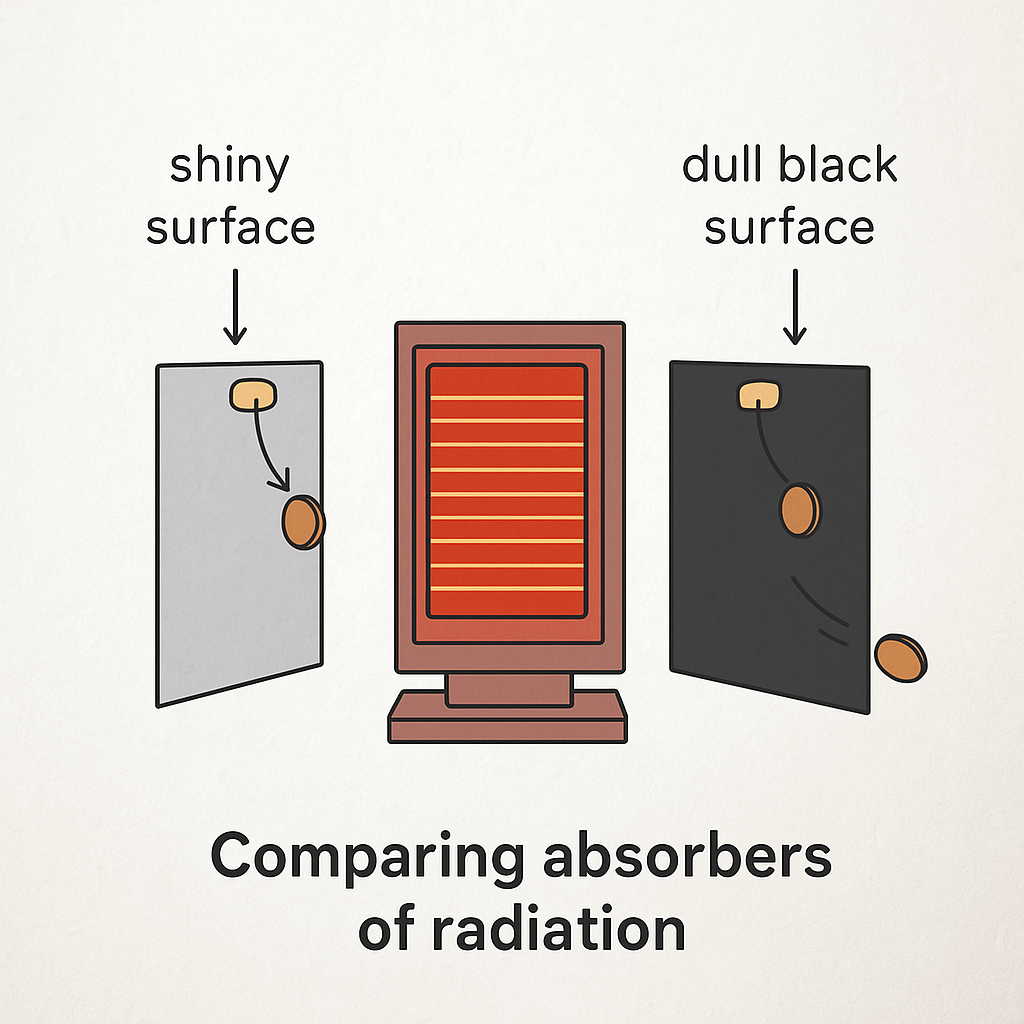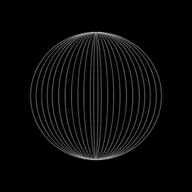Transfer of Thermal Energy

Previously, we have pondered over some of the forms of energy; one of them is heat.
Heat is nothing but thermal energy. In this guide, we will focus on the three ways in which heat (thermal) energy is transferred:
- Conduction
- Convection
- Radiation
Temperature and rate of emission of radiation
As you read earlier, radiation is emitted by all objects above absolute zero. This radiation is mostly infrared radiation but can also be light and ultraviolet if the object is very hot (for example, the Sun).
For an object to be at a constant temperature, it needs to transfer energy away from the object at the same rate that it receives energy.
If an object is recieving more energy than it is emitting, its temperature will rise.
If an object is emitting more energy than it is recieving, then its temperature will decrease.
The greenhouse effect

Radiation from the sun is either absorbed or reflected back. The absorbed radiation warms the surface causing it to emit thermal radiation.
The balance between incoming radiation and radiation emitted from the Earth’s surface controls the temperature of the Earth.
Greenhouse gases such as carbon dioxide and methane can cause thermal radiation to get trapped on earth, causing the Earth to heat up.
The rate of emission of radiation is directly proportional to the surface temperature and surface area of an object.
Experiment- Comparing absorbers of radiation

Take one shiny surface and one dull black surface
Take an electric heater and place these surfaces around the heater at the same distance from the heater.
Now, put a bit of wax on the other side (not the one facing the heater) of both the surfaces and attach a coin to it.
Turn on the heater and observe which coin falls first.
The coin attached on the dull black surface should fall first as it is a better absorber while the shiny surface will reflect most of the radiation.
User of thermal energy transfer
Now that we have built a solid understanding of conduction, convection, and radiation, let's take a look at the practical use cases of each and how it can be seen around us in our day to day lives.
Use of conductors
Good conductors are used for things like pans, radiators and are made up of metals for example aluminium, copper, iron etc.
Basically when thermal energy needs to be transferred quickly
Bad conductors can be used to make handles for pans (wood or plastic). Basically used where energy needs to be transferred slowly.
Air is one of the worst conductors and one of the best insulators. Some houses have air gaps in walls (cavity walls, two layers of bricks seperated by air space) to keep warm in winters and cool in summers.
Uses of convection

Convection can be used to heat rooms.
A heater placed on the ground warms the air, which then rises up moving the cooler air down and this process repeats.
Convection is also observed when heating water in a pan
Uses of radiation

Radiation can be used in an infrared thermometer to find out the temperature of an object without touching it.
This device converts the radiation emitted by an object into an electric signal, which can then be used to find out the temperature.
Practical applications thermal energy transfer
Now, here are some more applications of thermal energy transfer that you should know
Car radiator

Radiators are installed in cars to dissipate the heat generated by the car’s engine.
This process uses both conduction and radiation together to do this. It contains a fluid which circulates between the engine block (a metal block placed on the engine) and the radiator
When the engine heats up, so does the metal block (conduction), this metal block is constantly touching a fluid and it heats up the fluid.
This fluid is then sent to the radiator which cools it down and sends it back to the block.
Wood/coal fire

Ever go camping and start a bonfire?
The next time you go, think of the heat transfer and how it warms you up.
Radiation and convection occur when a room is heated by a wood/coal powered fire.
Thermal energy is radiated from the fire which heats up the surrounding air. Hot air then rises up, pushing the cool air down, and this process repeats.
This is the end of this guide. Thank you so much for using IGCSE Pro!
Go stretch your legs, or take a quick 5 min break before continuing!

